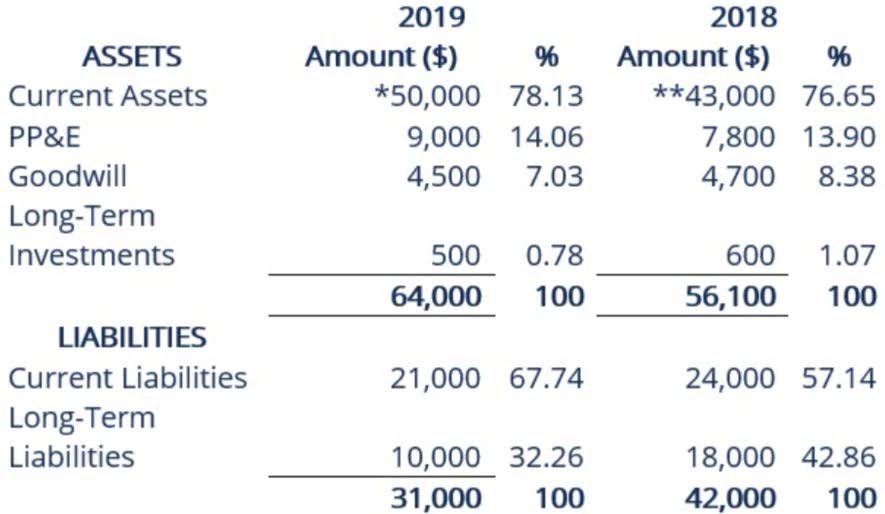
As you can see, there are a number of things you can do to increase the profitability of your brewery. By charging more for your products, reducing your expenses, and improving the quality of your beer, you can boost your bottom line and make your brewery more successful. A number of factors, such as the size of the brewery, the type of beer produced, and the location of the brewery, can all impact how much money a brewery generates.
How to Build Restaurant Loyalty Programs That Boost Revenue (And Reward Customers)

Implementing appropriate software solutions can greatly enhance transparency by tracking costs, income streams, and various other financial aspects. With the aid of the right software, breweries can gain clearer visibility into their financial operations, enabling them to adopt the best business practices tailored to their specific requirements. Establishing contracts with distributors can simplify the process and reduce complexity, but it may also diminish direct quality control efforts. On the other hand, self-distribution can be a more cost-effective option, particularly if it’s local.
How Much Do Restaurant Owners Make? (2024 Examples & Calculator)

During the busy summer season, he can expect to operate at an average of 41% capacity due to the high influx of customers. However, during the late fall and winter, when the demand is comparatively lower, Drew’s Brewpub might operate at an average of 20% to 40% capacity. Efficiency is paramount at Drew’s Brewpub, with servers adeptly turning each table over three times per shift, serving a total of 345 guests at brewery accounting full capacity each night. Drew’s Brewpub enjoys a diverse clientele, with about 50% of guests visiting specifically for the craft brews, attesting to the popularity of his offerings.
Best Guatemalan Beers That You Must Try
They can analyze your business model and operations, helping you identify opportunities for optimization and increased profitability. In the initial stages of your brewery, focus on self-distributing your beer to local virtual accountant bars, restaurants, and retail shops. This approach typically offers higher profit margins compared to working with distributors. A microbrewery, as the name suggests, produces beer on a small scale in limited quantities. These breweries are typically independent and locally owned businesses making tasty beers with interesting flavors.

Joe Nicholson was a manager, server, and busser for 9 years at one of the busiest restaurants in California, Tower Cafe. He now works at SpotOn as a copywriter to help restaurant owners understand how they can use technology to make their business more successful. When the communication between guests, servers, and staff in the kitchen is clear, ordering and preparation mistakes are minimized to reduce food costs significantly.
- According to the US-based Brewers Association (BA), “2022 presented small brewers with a number of challenges, including rising operating and material costs and increasing competition” 1.
- In this blog, we’re going to break down the variances and help you determine what’s considered a “good” brewery profit margin for your business.
- Embrace the digital transformation and unleash the full potential of your brewery, setting yourself up for long-term success.
- For instance, if your brewery’s monthly sales average £40,000, and the profit margin is set at 4%, the calculated profit would amount to £1,600.
- Since the pandemic, we’ve seen an increase in the opening of craft breweries across the United States.
Embrace the power of technology to elevate your brewery’s operations and drive profitability to new heights. By integrating inventory management, time-tracking, and financial software right from the start, you can lay a strong foundation for success. These tools will enable you to efficiently manage resources, optimize production, and make informed financial decisions, propelling your brewery towards growth and success. The financial success of a brewery can vary significantly based on location, market demand, competition, and the quality of the beer produced. Initial investments in equipment, ingredients, licensing, and marketing can be substantial.
What Goes Into a Brewery’s Profit Margin?

With a stronger foothold in the market and a growing customer base, profit margins typically increase to around 10% to 20% during the second year. As the brewery gains more recognition and refines its operations, it becomes better equipped to manage costs and achieve payroll higher levels of profitability. In the first year of operation, average brewery profit margins can be relatively modest due to the higher startup costs and initial investments. New breweries often face challenges in establishing their presence in the market and building a customer base, which can impact their overall profitability during this phase. According to the US-based Brewers Association (BA), “2022 presented small brewers with a number of challenges, including rising operating and material costs and increasing competition” 1.
- The promising economics of the beer industry, driven by strong consumer demand and the appeal of the craft brewery counterculture, help explain why owning a brewery can be profitable for many entrepreneurs.
- For the visitors, there’s less risk in buying a drink since they already know they love it.
- The Gross Profit Margin of Brand E is about half of Brand C’s, for instance.
- In the brewing industry, profit margins can vary significantly, typically falling between 3% and 5%.
- In other words, 100 barrels or 1000 barrels, these fixed- costs rise gradually.
Breweries can also reduce production costs by sourcing high-quality supplies and ingredients at competitive prices. This strategy may include negotiating with suppliers for better pricing, using local suppliers to reduce transportation costs, and monitoring pricing trends to identify opportunities for cost savings. In order to succeed in the competitive world of craft brewing, breweries need to be constantly looking for ways to improve their profit margins.
To put it simply, efficient cost management is critical for breweries to achieve higher profit margins through margin optimization. Breweries can indeed be profitable ventures, and their profitability can vary depending on several factors. Successful breweries, especially those with unique and popular craft beers, can generate substantial revenues through sales, distribution, and taproom visits.
